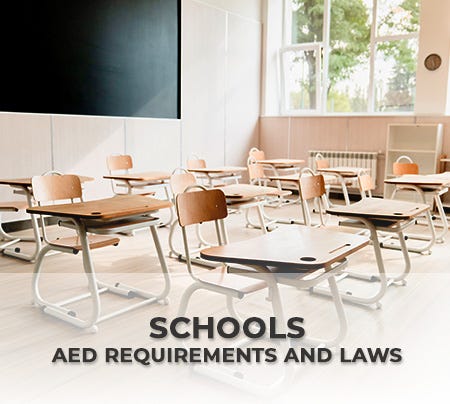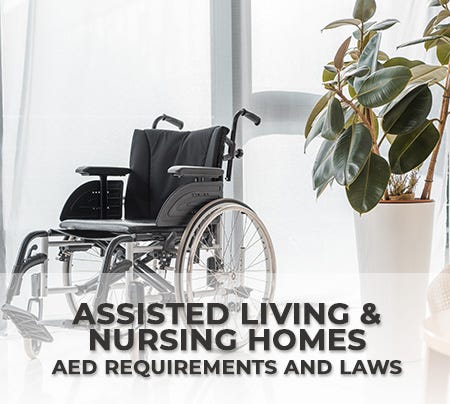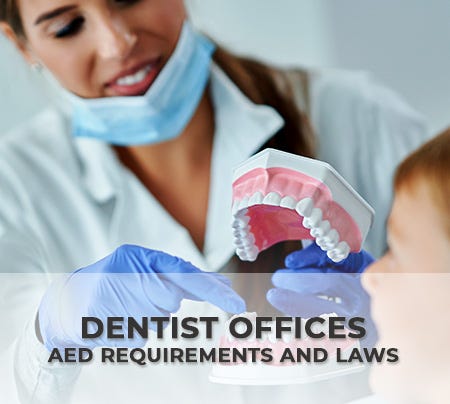Government Buildings AED Requirements and Laws
Government buildings such as courthouses, city halls, DMVs, fire stations, embassies, and even police stations typically have a variety of individuals largely trafficking in and out of the building all day. Developing a public access defibrillation program increases the chances that people who experience cardiac arrest can have access to life-saving tools in three to five minutes or less.
Many government buildings carry individuals undergoing stressful situations or staff like police officers who are involved in stressful situations. Stress can increase the risk of sudden cardiac arrest in many cases, which makes having an AED and emergency plan in place in these types of locations vital for the survival of many. Some states already require many government buildings to have AEDs on site. Check out the list below to see if your state is one of them.
Which States have Government Building AED Requirements and Laws?
Note: The information on this page is intended to educate readers on the general topic of AEDs and AED legislation. AED.com does not guarantee completeness or accuracy of any AED law interpretation, summary, or listing. This information is intended to be a summary of general facts and not legal advice or a means to check compliance. For assistance interpreting and determining AED law compliance in your state, please contact us.







 CALL US:
CALL US: